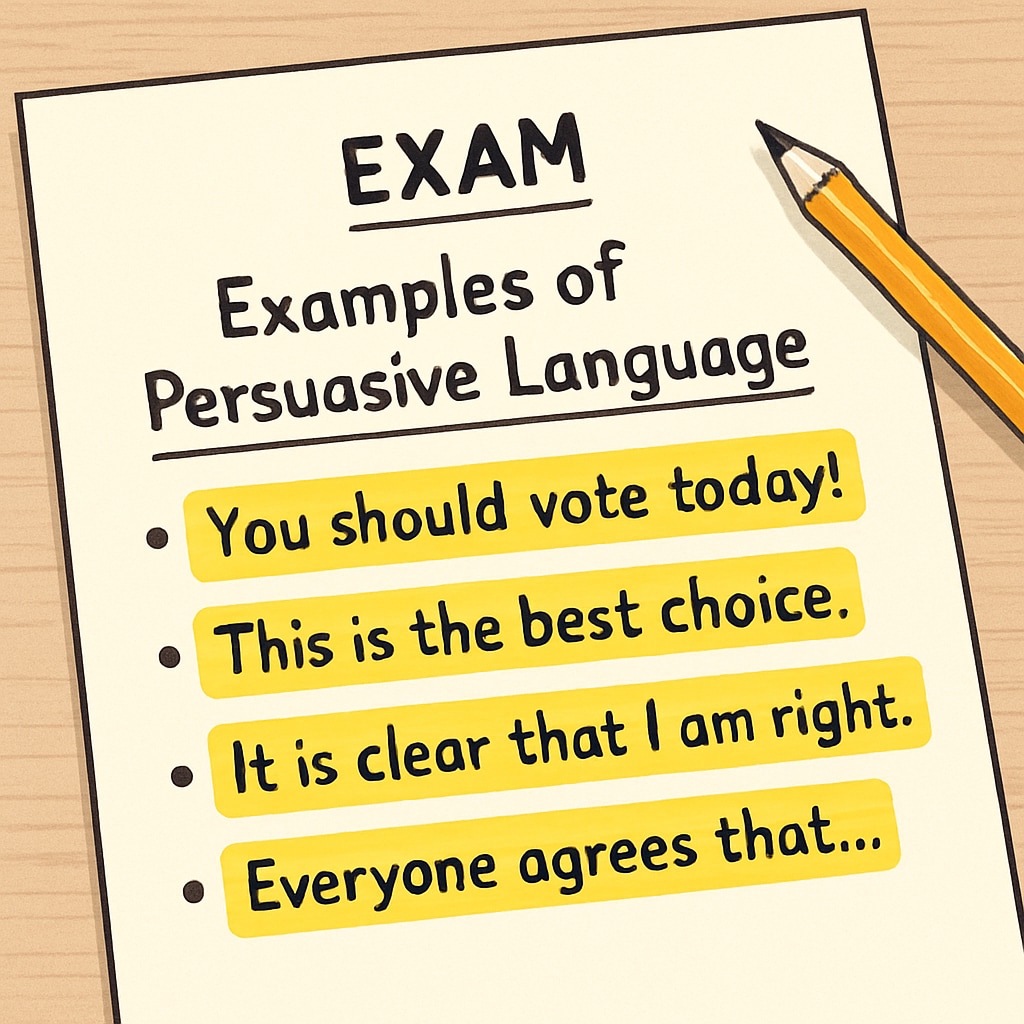Functional Skills English Reading exams often test students on their ability to identify the purpose of a given text. This seemingly simple task—whether the text is meant to inform, explain, or persuade—can be a significant hurdle for many learners. Understanding these text functions and mastering strategies for recognizing them is essential to improving reading comprehension and performing well in exams.
Understanding Text Functions: Inform, Explain, Persuade
To identify a text’s purpose, it’s important to first understand the nature of the three main text functions:
- Inform: Texts that aim to provide factual information, such as news articles, instructions, or reports. They are often straightforward and factual, avoiding emotional language.
- Explain: These texts clarify or provide details about a specific topic, often using examples, definitions, or processes. How-to guides and scientific explanations fall into this category.
- Persuade: Persuasive texts seek to influence the reader’s opinion or behavior. They often employ emotive language, rhetorical questions, and strong arguments to convince the audience.
Recognizing these differences can help students quickly pinpoint the intention behind the text they are reading.

Strategies to Identify Text Purpose in Functional Skills English Reading
Once students are familiar with the three text functions, they can use specific strategies to identify purpose effectively:
- Analyze the Language: Look for key indicators such as factual tone (inform), step-by-step structure (explain), or persuasive devices like repetition and emotional appeals (persuade).
- Examine the Context: Consider the text’s format and intended audience. For example, an advertisement is likely persuasive, while a user manual is explanatory.
- Check for Intent Words: Words like “advise,” “encourage,” and “recommend” often signal persuasion, while terms like “describe” and “illustrate” suggest explanation.
- Practice with Sample Papers: Regular practice using past exam papers or similar texts can help students become adept at recognizing text purposes.
Using these strategies consistently can significantly improve performance in the reading exam.

Common Pitfalls and How to Avoid Them
Despite understanding text functions, students may still encounter difficulties. Here are common pitfalls and ways to overcome them:
- Overthinking: Students sometimes overanalyze texts, imagining hidden meanings. Focus on direct clues and avoid unnecessary complexity.
- Confusing Text Types: Some texts may blend functions. For example, a persuasive article may also contain informative elements. In such cases, identify the dominant purpose.
- Limited Vocabulary: Not understanding key vocabulary can hinder comprehension. Building a strong English vocabulary is essential for success.
By being aware of these challenges and addressing them proactively, students can reduce confusion and boost confidence.
Conclusion: Mastering Text Purpose for Exam Success
Identifying text purpose is a critical skill in Functional Skills English Reading exams. By understanding the characteristics of informing, explaining, and persuading texts, and applying practical strategies, students can tackle this challenge with ease. Regular practice, combined with focused effort, ensures not only better exam performance but also enhanced overall reading comprehension skills.
External Resources: For further reading, consider exploring the Reading Comprehension Guide on Wikipedia or the Britannica entry on Reading Comprehension.
Readability guidance: Use short paragraphs and lists to summarize key points. Ensure clarity with examples and avoid unnecessary jargon. Transition words like “however,” “in addition,” and “for example” are used throughout for better flow.


